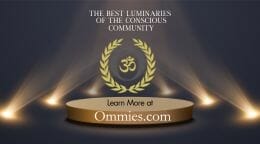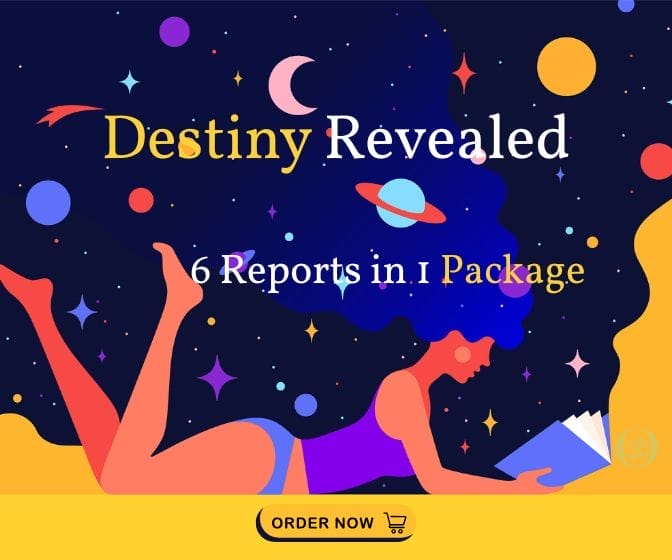Stephanie Kaza: Green Buddhism

Dr. Stephanie Kaza is Professor Emerita of Environmental Studies at the University of Vermont. A leading Buddhist environmentalist, she’s the author of Mindfully Green: A Personal and Spiritual Guide to Whole Earth Thinking, Conversations with Trees, and Intimate Ecology. She’s also the Editor of Hooked – Buddhist Writings on Greed, Desire and the Urge to Consume, and Co-Editor with Kenneth Craft of Dharma Rain – Sources of Buddhist Environmentalism. Stephanie Kaza joined Sandie Sedgbeer to talk about her latest book Green Buddhism – Practice and Compassionate Action in Uncertain Times, which offers guidance on how Buddhists can be a critical voice in the green conversation.
An Interview with Stephanie Kaza: Green Buddhism
Interview by Sandie Sedgbeer
To listen to the full interview of Stephanie Kaza by Sandie Sedgbeer on the radio show What Is Going OM on OMTimes Radio, click the player below.
We’re living in unprecedented times, with climate deniers occupying the highest levels of Government, and the US pulling out of the Paris Climate Accords. With species rapidly disappearing, global temperatures rising, and the growing urgency to do something meaningful to act on the ecological crisis we face, two key questions arise: How can we stay sane in the face of such blatant denial? And how can we take wise action?
Sandie Sedgbeer: Stephanie Kaza, in your introduction to Green Buddhism, you write that when you began your studies at college, you thought you would concentrate on the sciences with a view to possibly becoming a surgeon. What happened to change that trajectory?
Stephanie Kaza: Well, my original thought was that I was so moved by the human body, the complexity, the amazing chemistry and sensitivity of the human body, and I wanted to be a healer, and I think I’ve taken the healing urge to a larger scale – to the environment. And I fell in love with much more than the human body. To see that gorgeous complexity in every life form from a small amoeba to a huge Sequoia Redwood.
Sandie Sedgbeer: How did that inspire you to become a Buddhist?
Stephanie Kaza: I was enjoying being outdoors quite a bit, hiking, river rafting, and camping. I felt a deep sense of spiritual connection to nature, and I was looking for some religion that would support that. It just turned out that the basic principle of inter-dependence and sense of connection with all of life was right in the center of Buddhism. That’s what pulled me towards it.
Sandie Sedgbeer: You’re Professor Emerita of Environmental Studies at the University of Vermont. You’re an Environmentalist, a Buddhist, a writer and author, and a lot more besides. And yet the first phrase you use to describe yourself on your website is “A Lover of Trees.” Does that trump it all?
Stephanie Kaza: Well, that’s a tremendous source of deep love and gratitude. I just returned from a pilgrimage to our most beloved trees, the Bristle Cone Pines, in the eastern part of California. These trees live to be four thousand years old. So, you bow down before these tree elders. They carry a lot of wisdom through that much lifetime of experience.
Sandie Sedgbeer: In the first part of your book, you talk about intimate relations and the intimacy of non-dualism. Say more about that.
Stephanie Kaza: Very often in all the different kinds of religious traditions, from Shamanism to Catholicism to Judaism to Islam, there is an experience at the heart of their religious experience that’s often described as being at one with—or a “oneness”—either with a God or with some nature spirits, but some bigger sense of awe that goes beyond the human. The kind of intimacy that I talk about in Buddhism that goes under this name non-dualistic is intimacy with that oneness, but also with a sense of twoness. Here’s this tree, or spider, another being that’s completely different than you as a human being and acknowledging that difference at the same time as acknowledging the connection makes that spiritual experience even deeper. It’s quite profound to both senses that you’re in the same universe, but you’re also living completely different experiences and lives.
Sandie Sedgbeer: The book is extremely thought-provoking. Thinking about how most people love trees, and then talking about non-dualism, and stereotyping, and how we talk about deer, rabbits, and songbirds, as “nice” things, and yet call spiders, snakes, and bats nasty, mean names, and separate ourselves from them. Yet there is no separation from anything. If we can’t separate ourselves from deer and rabbits, we certainly can’t separate ourselves from spiders and snakes.
Stephanie Kaza: Yes, this is one of the practices I picked up from Buddhist study that’s profoundly helpful in the natural world—that there is no picking or choosing. Be present with all the things that are here. Some of which you think you’ll like and some you think you won’t like, but the Buddhist training is not to turn away. Not to go towards something in greed, or turn away from it in aversion, or make up stories about it on your own – it’s a kind of delusion. Those three are seen as the three poisons that cloud clear thinking. So, a lot of Buddhist training is about learning to recognize greed, aversion, and delusion in all its different forms. As you say, we’ve many conditioned ideas about parts of the natural world that get in our way to seeing what it really is.
Sandie Sedgbeer: It was a challenging book to read because it made me squirm in places. It brought home to me that I need to be looking at my own dualistic thinking. You also write about feminism and how that’s exposed to a particular aspect of conditioned thinking that is generally overlooked in Buddhism.
Stephanie Kaza: Buddhism, like many religions, has inherited a lot of patriarchal social forms and social conditioning, such as that the men will become the priests, or certain male intellectual streams are the ones that will dominate. A wonderful thing happened when Buddhism came to the west in the 1960s, at the time that feminism and environmentalism were both very much in public consciousness and dialogue. So, I just ran with that.
I had read quite a bit of eco-feminism, and there was a lot of very strong intellectual critique, and clarification and development going on. But nobody was looking at the intersection with Buddhism. So, I brought my own ecological version of this and tried to find where these streams intersect. It did seem to me that feminists offered some wonderful insights that corrected some of the more patriarchal or non-feminist aspects of Buddhism and at the same time helped to expose some of our conditioned thinking about the natural world, which isn’t really anybody’s fault. I certainly don’t want you to feel bad about some of the cultural stereotypes that you grew up with because we were taught them in books, they’re in our movies and television scripts, and people repeat them all the time. So, of course, we all tend to think the same way about some of these things in the natural world.
Sandie Sedgbeer: It is a powerful reminder. Each time I read something about what Buddhism can bring to these issues, I found myself wondering, What can I learn from Buddhism that I can bring to this? Each essay in the book reveals such deep, contemplative thinking about these issues. Did you find it hard deciding which of your essays to include and which to leave out?
Stephanie Kaza: I’d written many more pieces besides these, and they had to find a certain congruence and pacing. I wanted it to feel as if all this thought was still very important and relevant. So that was my goal in editing the book. The three sections ended up determining what went into the book, and I wanted to begin with this intimacy because that’s my life experience. That’s where I start from, even before Buddhism; just being with nature – being with the natural world and all of its various members, whether it’s in the garden or out on a hike, or just walking in your city streets. And I particularly enjoyed writing the piece about Tea Mind, Earth Mind, because of our beautiful Japanese Garden here in Portland, Oregon, which I go to all the time. A very intimate place.
Continue to Page 2 of the Interview with Stephanie Kaza
A veteran broadcaster, author, and media consultant, Sandie Sedgbeer brings her incisive interviewing style to a brand new series of radio programs, What Is Going OM on OMTimes Radio, showcasing the world’s leading thinkers, scientists, authors, educators and parenting experts whose ideas are at the cutting edge. A professional journalist who cut her teeth in the ultra-competitive world of British newspapers and magazines, Sandie has interviewed a wide range of personalities from authors, scientists, celebrities, spiritual teachers, and politicians.





